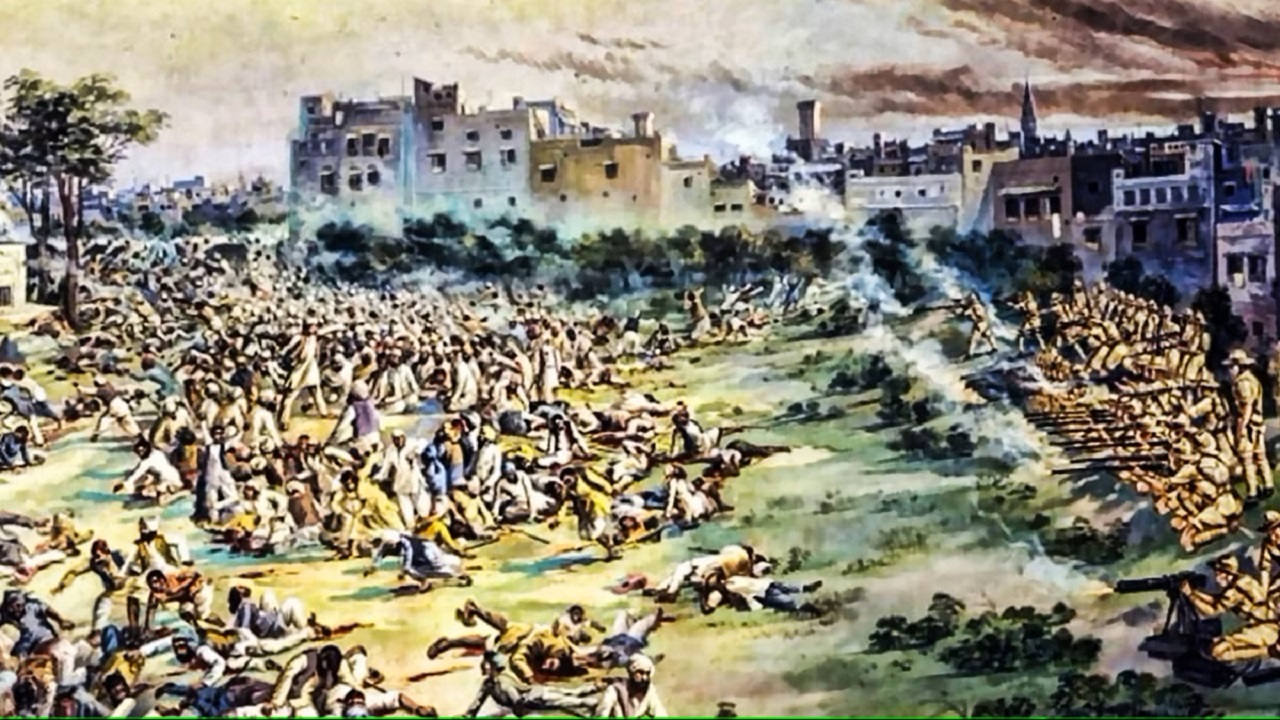India's transition from British colonial rule to a sovereign republic is a saga of courage, resilience, and the unyielding spirit of a nation. This journey, etched in the annals of history, is not just about the struggle against foreign dominion but also a testament to the birth of a modern, democratic state. In this exploration, we delve into the pivotal moments that marked India’s transformation – from the dark days of colonialism to the dawn of independence, the painful partition, and the monumental task of nation-building. Join us as we recount the remarkable odyssey of India, a journey that reshaped its destiny and inspired the world.
- Blogs
- Indian Independence
- Indias Journey From British Rule To Republic 65a9247f14e5bf000128f4b6
India's Journey: From British Rule to Republic
Indian Independence • 18 Jan, 2024 • 27,331 Views • ⭐ 2.3
Written by Shivani Chourasia

Colonialism: The Beginning of Subjugation

The roots of British colonialism in India date back to the 1600s, when the British East India Company set foot on Indian soil, ostensibly for trade. However, over the years, the company's intentions morphed into territorial ambitions, leading to the direct control of vast swathes of the country. The colonial era was marked by economic policies that benefited Britain at the cost of India's economy. The infamous 'Drain of Wealth' theory, proposed by Dadabhai Naoroji, highlighted how wealth was systematically extracted from India. The British also introduced a system of land revenue that exacerbated the plight of Indian farmers, leading to several famines. The cultural impact of colonialism was profound, with British education systems and policies often undermining traditional Indian education and culture.
The Stirrings of Nationalism and the Independence Movement

The response to colonial rule was not immediate. The initial phase of resistance was characterized by local rebellions and uprisings, which, although significant, lacked national cohesion. The real momentum for independence began in the late 19th century. Figures like Bal Gangadhar Tilak, Gopal Krishna Gokhale, and later, Mohandas Karamchand Gandhi, began to articulate a vision for a free India. Their strategies varied: while Tilak advocated for confrontation, Gokhale believed in reform within the system. Gandhi, however, brought a transformative approach with his philosophy of non-violence and satyagraha, mobilizing millions in peaceful protests against British rule.
INDIAN INDEPENDENCE QUIZ • 10 QUESTIONS • 2 MINS
We've got a Indian Independence quiz for you!
TAP TO PLAY

The Crucible of Revolution: The Struggle Intensifies

The early 20th century saw the Indian struggle for freedom gaining unprecedented momentum. The Jallianwala Bagh massacre in 1919, where British troops killed hundreds of unarmed civilians, was a turning point, igniting widespread outrage and solidifying national sentiment against British rule. The subsequent Non-Cooperation Movement in the 1920s, led by Gandhi, saw masses boycotting British goods and institutions, severely impacting the colonial administration. Simultaneously, revolutionaries like Bhagat Singh and Chandrashekhar Azad inspired many with their valiant acts against the British.